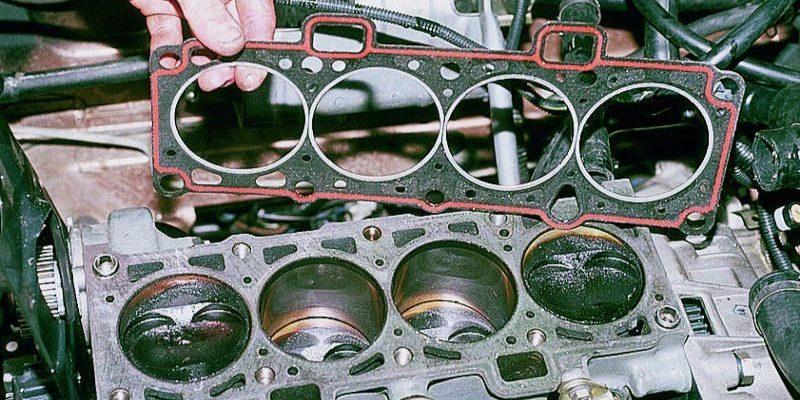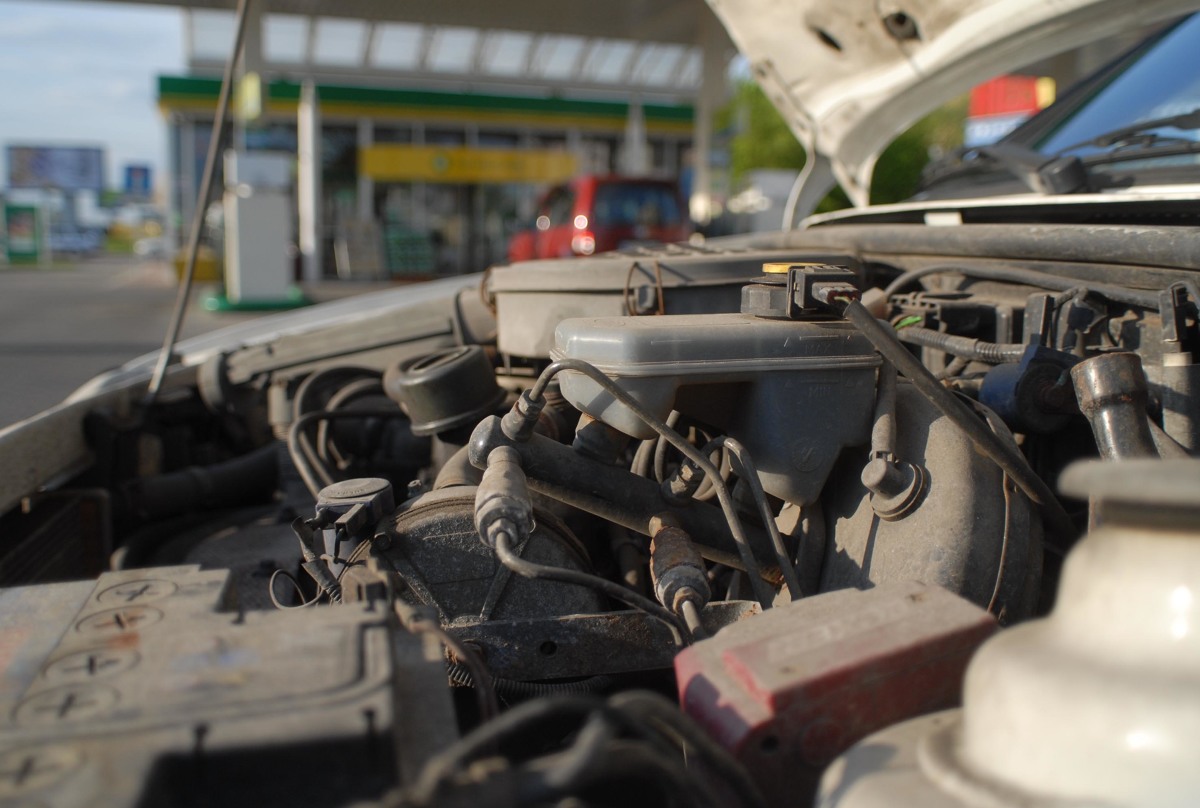
Head gasket. When does it need to be replaced and how much does it cost?
 Extremely harsh conditions exist where the head connects to the cylinder block. The seal installed there does not always withstand the enormous pressure and temperature, although it is extremely durable. In the event of damage, the cost of repairs can run into the thousands of PLN.
Extremely harsh conditions exist where the head connects to the cylinder block. The seal installed there does not always withstand the enormous pressure and temperature, although it is extremely durable. In the event of damage, the cost of repairs can run into the thousands of PLN.
The cylinder head gasket is a structurally simple and relatively cheap element. In the case of popular cars, its price does not exceed PLN 100. However, it plays a very important role in the engine, the drive cannot work without it. We are talking about ensuring the tightness of the working space above the piston and sealing the channels of oil and coolant. In high power and turbocharged engines, the head gasket can be made entirely of metal (stainless steel, copper), and at the edges in contact with the cylinders, it can have special, small flanges that deform accordingly after tightening the head and provide exceptionally good sealing. Even a conventional gasket has a certain elasticity and deformability, due to which, when the head is tightened, it fills the irregularities of the cylinder block and cylinder head.
The editors recommend: TOP 30 cars with the best acceleration
Theoretically, a cylinder head gasket can last the entire life of an engine. But the practice is completely different. The operating conditions of the drive unit are not always ideal. For example, motors are subjected to heavy loads by users before they reach the required operating temperature. Or subjected to long-term high thermal loads when driving in the mountains or on motorways. There are also those that are powered by a HBO installation without proper calibration. In any case, even a properly calibrated HBO installation without proper cooling system preparation increases the temperature in the combustion chambers and endangers the gasket. You can also add tuning modifications that are not professionally implemented in the engine. In each of these cases, the engine can overheat even in one of the cylinders. The gasket does not withstand thermal stress and begins to burn out. This usually occurs in the throat between the cylinders. Gradual ignition eventually leads to blow-by gases with the air-fuel mixture and exhaust gases between the gasket, cylinder block and cylinder head.
Since the entire gasket loses its tightness over time, leakage of coolant and engine oil occurs. Therefore, at the initial stage, damage to the cylinder head gasket manifests itself only in uneven operation of a cold engine and a “loss” of idle speed. With large changes in engine temperature and weakening of the power unit with the formation of white smoke from the exhaust, the presence of oil in the expansion tank of the cooling system (as well as fluid loss), the presence of coolant in the oil - let's go to the workshop as soon as possible. The mechanic will confirm gasket failure by measuring the compression pressure in the cylinders and checking for the presence of carbon dioxide in the expansion tank of the cooling system.
See also: How to take care of your tires?
There are car models in which the cylinder head gasket burns out extremely easily and even under normal operating conditions the gasket is damaged. There are various reasons for this tendency to fail. Sometimes this is due to slippage of the cylinder liner, and sometimes due to too much compression of the gasket, for example, due to very small distances between the cylinders. It may also be due to the incorrect design of the entire engine, which is prone to overheating.
Replacing the cylinder head gasket is a simple and cheap operation only in two-stroke engines and four-stroke engines with bottom valves. But they are not used in modern cars. Engines commonly produced today are overhead valve designs in which the intake and exhaust manifolds are bolted to the cylinder head. The timing system they most often also located in the head, and its drive is driven by the crankshaft. This is why replacing a head gasket is such a time-consuming and costly undertaking. It is necessary not only to disassemble and assemble the cylinder head itself, but also to disassemble and reassemble the manifolds and timing drive. To this must be added the additional steps and materials normally required when replacing a head. These are, for example, studs with nuts for fastening the cylinder head to the cylinder block, which should be replaced with new ones (the old ones are stretched and prone to cracking). Or the manifold mounting bolts, which often break when you try to unscrew them (stick due to high temperature). Broken bolts must be removed from the head, which also takes up workshop time. It may also turn out that the head has warped due to overheating and requires planning to restore a perfectly flat surface and ensure tightness.
Even when everything goes smoothly, replacing the gasket in a private workshop will reduce your wallet by PLN 300-1000 depending on the size and design of the engine. Parts will cost PLN 200-300, and additional steps may cost another PLN 100. If the matter is close to replacing the timing components, you need to add another PLN 300-600 for spare parts and PLN 100-400 for labor. The more complex and less accessible the engine, the higher the prices. In the case of higher class vehicles with large complex engines, prices can be even higher.
